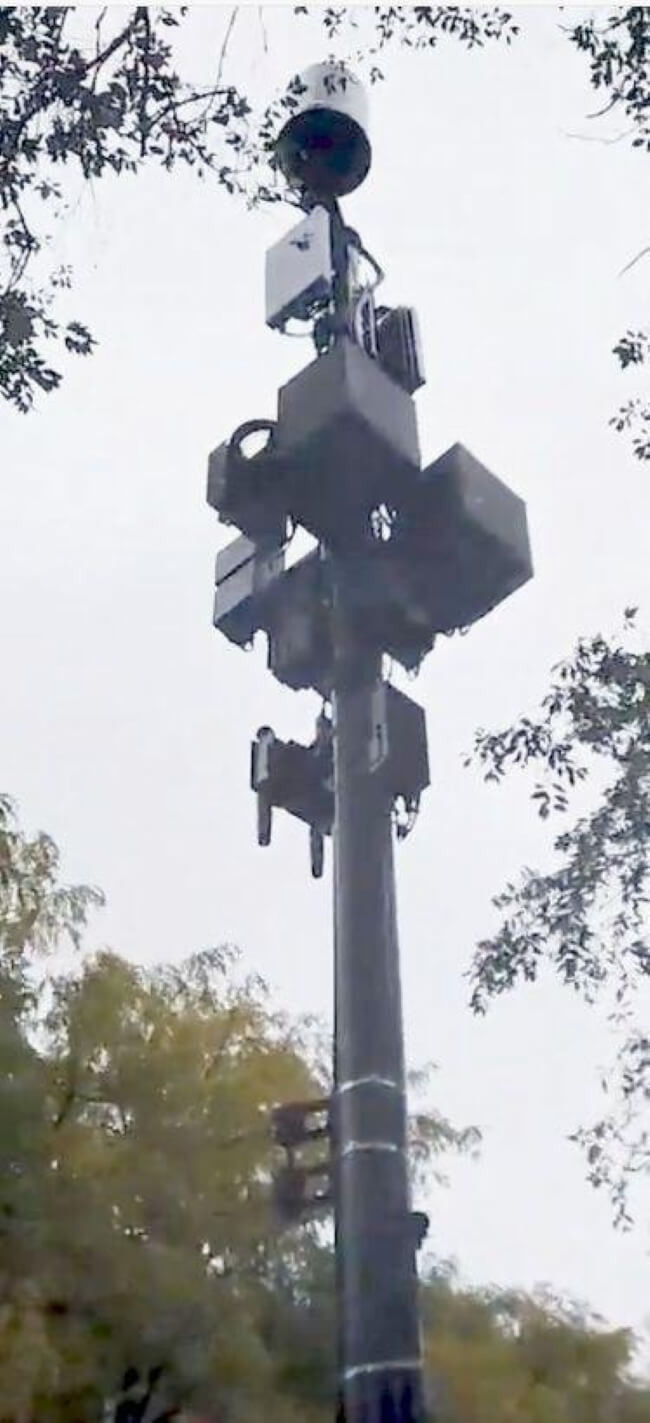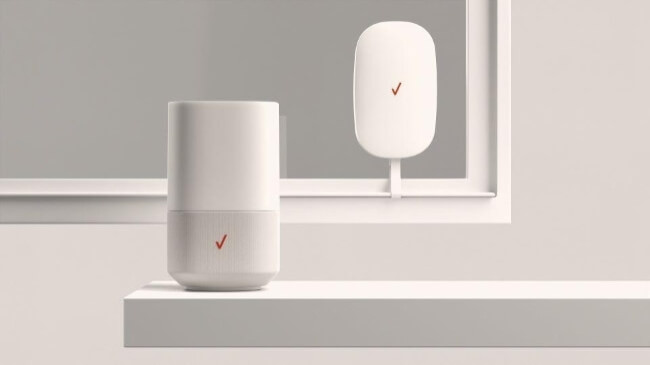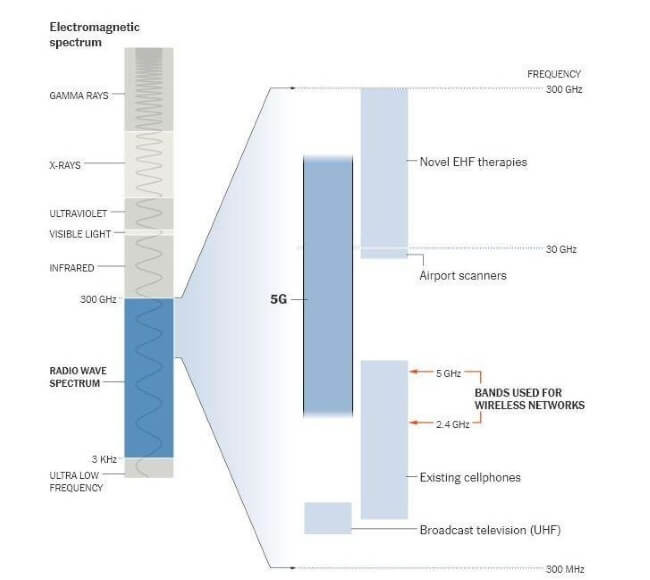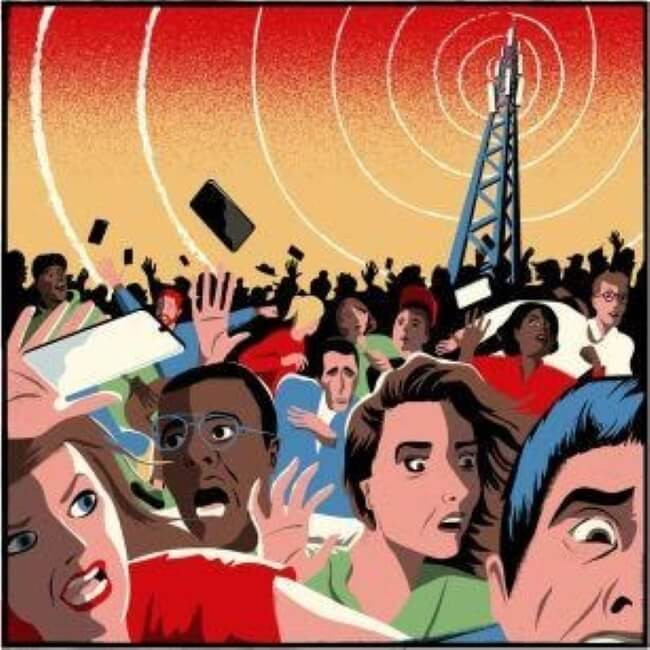Six Things That Need to be Considered About 5G
| 05-11-2019 | By Gary Elinoff
5G is a revolutionary technology that will vastly improve the speed at which smartphone users can receive information. But it goes far beyond that. It will also serve to hasten the arrival of advanced driver-assistance systems (ADAS), the next step in automotive technology destined to reduce vehicular accidents and make our streets and roads safer for all. And, that’s not all!
1- 5G to Change the Last Hundred Feet
The last hundred feet is the journey your internet connection makes from the telephone pole to the router in your home. The wiring from the telephone pole to a central point in your building is the responsibility of the ISP. The problem for apartment dwellers, at least in the US, is that the building owners often engage in “sweetheart deals” with one ISP, not allowing access to competitors. The result for subscribers is a grossly inflated monthly charge from the monopoly provider.
5G has the potential to change all that.
A specialized 5G wireless transceiver and antenna, provided by the ISP, sits on a telephone pole outside the home. Verizon calls this unit a “radio node”.

External 5G Antenna and Transceiver.
Credit: Verizon
Then inside the home, the ISP provides the subscriber with his or her antenna and transceiver, depicted on the upper right side of the picture below, to make the wireless 5G connection. The image in the lower-left side of the picture is the modem, also provided by Verizon. It connects directly to the subscriber's ethernet, no differently than current technology does.

The Subscriber’s 5G Antenna and Transceiver.
Credit: Verizon
That’s it. No wires from the telephone pole to the building. No wires from a central point in the building to the subscriber's apartment. The subscriber can choose any ISP that deigns to put up a wireless 5G transceiver on a telephone pole close to potential subscribers.
Building management now has nothing to do with consumer choice. Monopolies ended, and competition restored!
2- 5G Frequencies Far Higher Than 4G
4G networks use frequencies below 6 GHz, while 5G will use much higher frequencies in the 30 GHz to 300 GHz range. What this means for manufacturers is that whole new technologies are being developed to accommodate these super-high frequencies.
The amount of information that a radio signal can carry in a given amount of time is proportional to the frequency. This is the reason why so much more data can be transmitted over a 5G connection than over a 4G connection, and consumers can download music or movies so quickly that it almost seems instantaneous.
3- 5G Latency
Latency refers to how fast a two-way communication can take place – how fast a message can be transmitted, and how long it takes for a response to be sent back. What doesn’t change, of course, is the speed of light. But, as described in the previous section, far more information can be transferred in a given amount of time with a super-high frequency 5G signal than in a much lower frequency 4G signal.
That’s why the new collision avoidance systems that are now increasingly part of modern automobiles depend so heavily on 5G technology. To be effective, systems such as these need to be able to exchanges messages in time frames on the order of a millisecond.
Within a millisecond, a 5G signal can transfer far more information than can a 4G signal can. An advanced driver-assistance system (ADAS) is of no use if it can’t warn a driver (or the vehicle) of a hazard until after it happens! These systems will have to work at 5G frequencies to be effective.
A similar situation exists for gaming. If you have to wait more than a fraction of a second for a response, there is no real testing of your reaction time or hand-eye coordination vs. that of your opponent. Only the low latency available with 5G can make a true test, and true competition, possible.
The existence of an ever-expanding 5G smartphone industry means that much of the necessary developments for ADAS manufacturers will have already been done for them – they can use the 5G smartphone components with little or no modification.
4- Compared to 4G, Far More 5G Towers Will Be Needed
Unfortunately, the ultra-high frequencies employed by 5G do not carry as far as do 4G signals, nor are they effective at getting past obstacles such as building walls. For this reason, for an effective 5G system, there have to be far, far more antenna and transceivers than are needed by 4G systems.
This could be the reason that 5G seems to be catching on more quickly in China than elsewhere. The Chinese government is firmly committed to 5G, and they have the power to make their wishes reality. Here in the West, not-in-my-backyard (NIMBY) is the operational principal. So, while we all want 5G, the expense of setting up these towers, and the inconvenience that their establishment will entail, are a very serious barrier.
5- Privacy Issues With 5G
Because of the limited ability of 5G wavelengths to travel through walls and distance limitations, the public networks will not be able to reach into large buildings, concert halls or stadiums. But consumers will, nonetheless, DEMAND connectivity.
Who will provide this connectivity?
If the venue owner provides it at their expense, will they have access to this data? What will the consumer’s privacy rights be? Governments, consumers and other interest groups will be gnashing out these issues the world over for years to come, and it will be another barrier to acceptance of this technology.
However, Verizon points out that, regardless of how you connect directly to the company’s internet, cable or wireless, 5G privacy is assured. Also, the company has installed enhanced 5G connectivity in fully thirteen NFL stadiums, so users will have absolute privacy protection in those venues, too.
6- What are the Potential Health Issues with 5G?
As illustrated in the picture below, 5G’s operating frequencies border directly on those of existing 4G technologies. Also nearby are broadcast TV signals, which are far more powerful.

5G’s Place on the Electromagnetic Spectrum.
Credit (modified): New York Times
Notice that 4G exists at 2.4 gigahertz, which, frighteningly, is the same frequency that microwave ovens employ!
It should also be noted that, in addition to being hampered by building materials, 5G signals, in any case, CAN NOT penetrate more than 0.5 mm into human skin, so it’s hard to see any threat to internal organs.
Finally, unlike 4G and earlier technologies, 5G signals are highly directional. They hone indirectly on the target receiver.

Credit: the New York Times
Nonetheless, suspicions abound. It is quite possible, at least in the US, that lawsuits filed by concerned individuals may cause to slow down the implementation of this revolutionary new technology.

